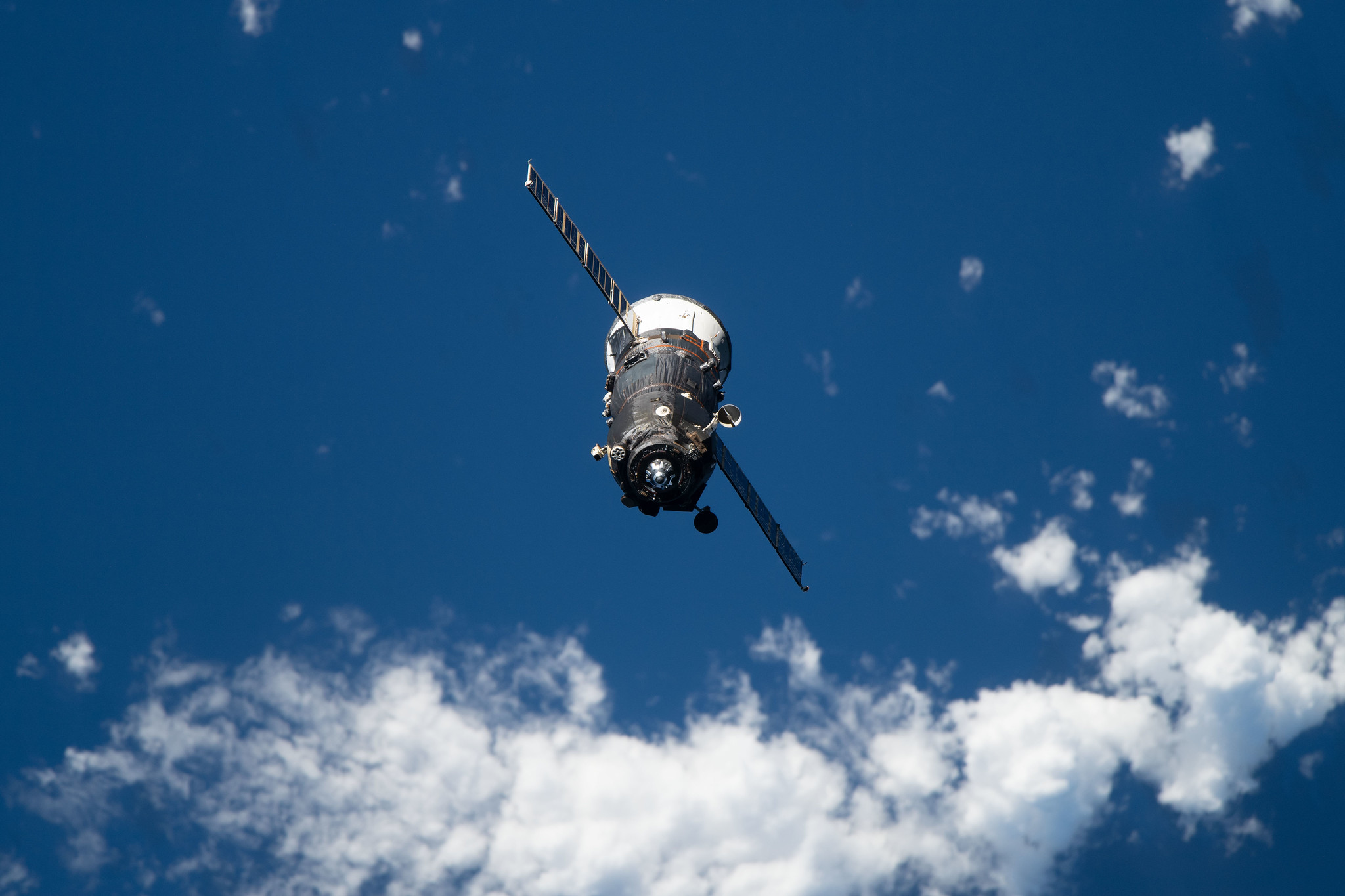
NASA will provide live launch and docking coverage of a Roscosmos cargo spacecraft carrying about three tons of food, fuel, and supplies for the Expedition 71 crew aboard the International Space Station.
The unpiloted Progress 88 spacecraft is scheduled to launch at 5:43 a.m. EDT (2:43 p.m. Baikonur time) Thursday, May 30, on a Soyuz rocket from the Baikonur Cosmodrome in Kazakhstan.
Live launch coverage will begin at 5:15 a.m. on NASA+, NASA Television, the NASA app, YouTube, and the agency's website. Learn how to stream NASA TV through a variety of platforms including social media.
After a two-day in-orbit journey to the station, the spacecraft will automatically dock to the space-facing port of orbiting laboratory's Poisk module at 7:47 a.m., Saturday, June 1. NASA coverage of rendezvous and docking will begin at 7 a.m. on NASA+, NASA Television, the NASA app, YouTube, and the agency's website.
The spacecraft will remain docked at the station for almost six months before departing in late November for a re-entry into Earth's atmosphere to dispose of trash loaded by the crew.
The International Space Station is a convergence of science, technology, and human innovation that enables research not possible on Earth. For more than 23 years, NASA has supported a continuous U.S. human presence aboard the orbiting laboratory, through which astronauts have learned to live and work in space for extended periods of time. The space station is a springboard for the development of a low Earth economy and NASA's next great leaps in exploration, including missions to the Moon under Artemis and ultimately, human exploration of Mars.






